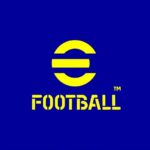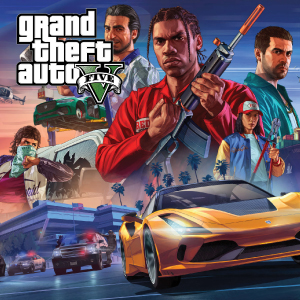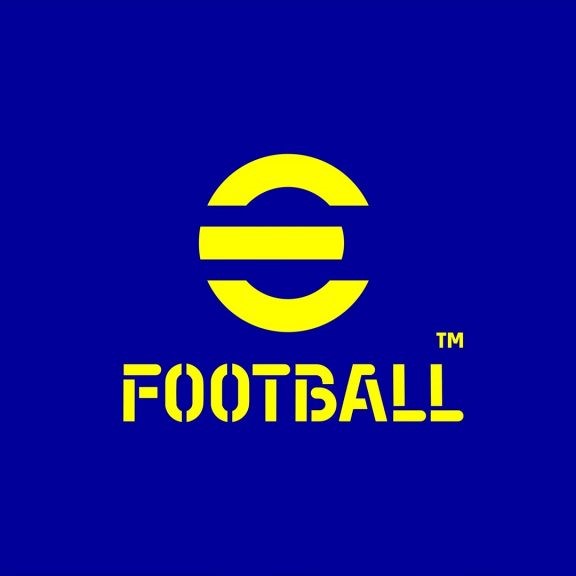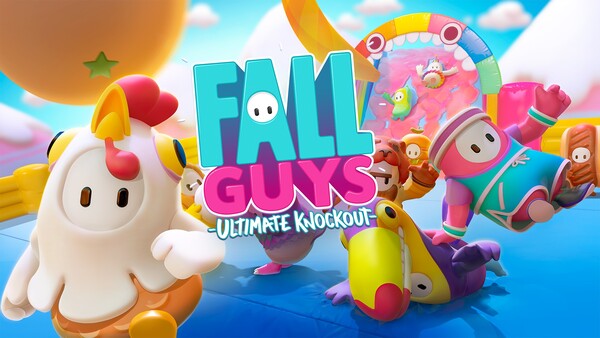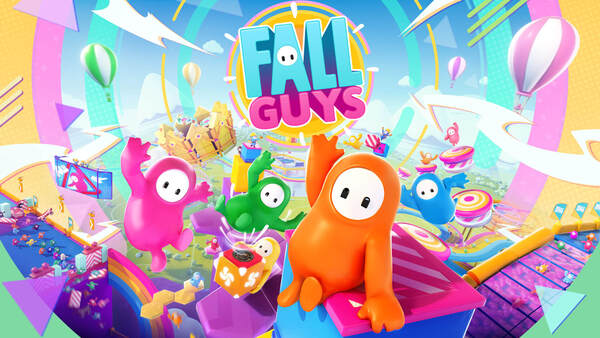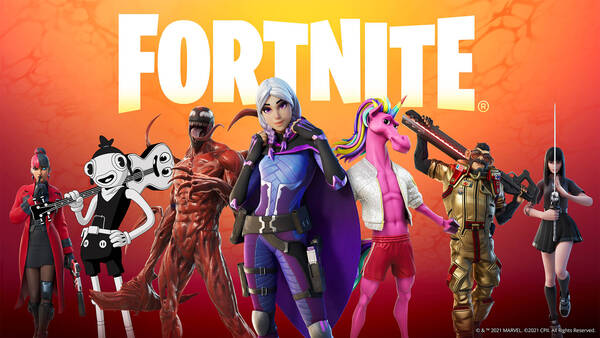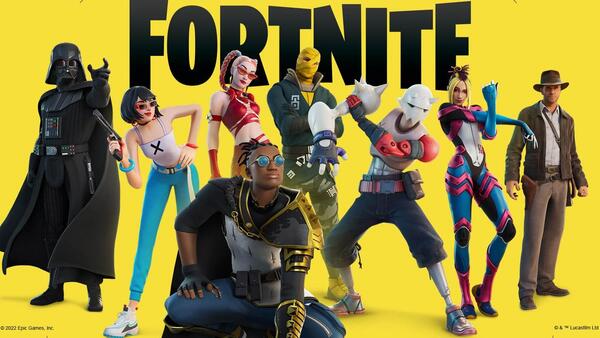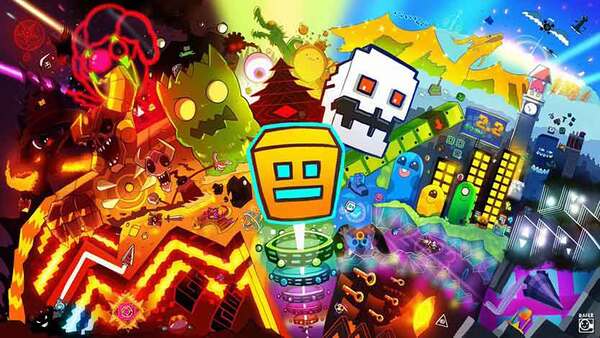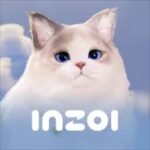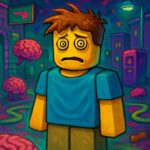League of Legends: The Global Phenomenon That Redefined Competitive Gaming
Launched by Riot Games in 2009, League of Legends transformed from an experimental indie project into one of the most played, watched, and culturally influential games of all time. Blending fast-paced strategy, team-based action, and an ever-expanding cast of champions, it defined a genre and built an ecosystem that stretches from casual gaming to sold-out esports arenas.
So what makes League so compelling more than a decade later? Let’s explore its history, gameplay, evolution, cultural impact, and why millions still log in daily.
1. The Origins: Birth of a New MOBA Giant
Inspired by a Mod
League of Legends draws its roots from Defense of the Ancients (DotA), a Warcraft III mod.
Riot Games saw potential in turning the concept into a standalone game.
Launch & Early Days
Released in October 2009 with a small pool of champions and simple graphics.
Free-to-play model with cosmetic microtransactions helped it spread globally.
Early adopters formed tight communities that became the foundation of modern LoL fandom.
2. Core Gameplay: Strategy Meets Reflexes
The Classic 5v5 Summoner’s Rift
Two teams battle to destroy the opposing Nexus, the heart of each base.
The map includes three lanes (top, mid, bot), jungle areas, and objectives like Baron Nashor and Dragons.
Roles & Champions
Players choose unique champions to fit roles: top, jungle, mid, ADC, and support.
Each champion has distinct abilities, creating near-endless strategic combinations.
This mix of teamwork, skill, and adaptability keeps every match fresh.
3. Champions: Diversity & Design Evolution
Growing Roster
Launched with 40 champions; now boasts over 160, each with unique lore and mechanics.
Regular updates rework older champions to keep them relevant.
Creative Design
From sword-wielding warriors to space dragons and celestial beings.
Riot’s art and narrative teams craft backstories that tie into Runeterra’s vast universe.
New champions often spark new strategies—and debates in the community.
4. Visual & Audio Overhaul
From 2009 to Modern LoL
Complete visual reworks enhanced models, animations, and maps.
Skins added creative spins, from futuristic mechs to holiday-themed costumes.
Music & Sound Design
Each champion’s abilities come with unique sound cues.
Riot’s music team releases official albums, login themes, and orchestral tracks.
Together, they elevate gameplay into an immersive, polished experience.
5. The Competitive Scene: From Grassroots to Global
Birth of Esports
Early community tournaments paved the way for professional leagues.
Riot Games founded the League of Legends Championship Series (LCS) in North America and similar leagues worldwide.
The World Championship
Annual Worlds event fills stadiums and garners millions of online viewers.
Memorable moments, like Faker’s plays or the 2018 Invictus Gaming win, became esports legends.
LoL esports shaped modern competitive gaming’s structure and fan culture.
6. Community & Content Creators
Streaming & YouTube
Popular streamers, from Tyler1 to Faker, built careers playing League.
Guide creators, highlight channels, and educational content help new players.
Fan Art & Memes
The game’s champions and lore inspire countless artists, cosplayers, and writers.
Memes like “teemo is evil” or “Yasuo always feeds” show the shared humor of the community.
The ecosystem thrives on creativity beyond the client.
7. Expanding the Universe: Beyond the Rift
Games & Spin-offs
Teamfight Tactics (TFT): an auto-battler set in the LoL universe.
Legends of Runeterra: a strategy card game featuring LoL champions.
Multimedia Projects
Arcane: Emmy-winning Netflix animated series exploring characters like Vi and Jinx.
Comics, books, and music groups like K/DA and Pentakill.
League evolved into a multimedia franchise, reaching even non-gamers.
8. Pros & Cons: Honest Review
Pros
Deep, skill-based gameplay that feels rewarding.
Wide variety of champions and strategies.
Strong esports scene and creative community.
Cons
Steep learning curve can intimidate newcomers.
Occasional balance issues after patches.
Toxicity in competitive games remains a challenge.
Even with flaws, its core design keeps players coming back.
9. Legacy & Future: Why League Still Matters
Shaping an Industry
Helped make esports mainstream alongside games like CS:GO and Dota 2.
Pioneered the “games as a service” model with regular updates.
Looking Ahead
Arcane Season 2, upcoming MMO, and new games promise continued growth.
Riot’s constant investment keeps League relevant in a changing landscape.
League’s legacy isn’t static it’s still being written.
Conclusion: The Endless Appeal of League of Legends
At its heart, League of Legends remains what it started as: a competitive game where skill, strategy, and creativity collide.
Yet it’s also more a global esport, a storytelling platform, and a cultural icon that continues to grow.
Over a decade since launch, millions still queue up, proving that while metas shift and champions change, the thrill of outplaying an opponent never fades.
Whether you’re a veteran, a casual player, or just curious about the hype, League of Legends stands as one of gaming’s most enduring successes.






